Filter by
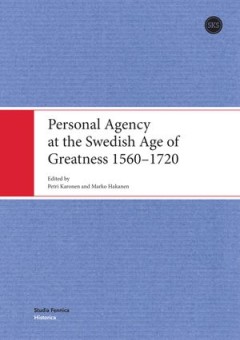
Personal Agency and Swedish Age of Greatness 1560-1720
Internationally, the case of early modern Sweden is noteworthy because the state building process transformed a locally dispersed and sparsely populated area into a strongly centralized absolute monarchy and European empire at the beginning of the 17th century. This anthology provides fresh insights into the state-building process in Sweden. During this transitional period, many far-reaching ad…
- Edition
- -
- ISBN/ISSN
- 9789522228826
- Collation
- -
- Series Title
- -
- Call Number
- 948.5

A Guide to Neo-Latin Literature
Latin was for many centuries the common literary language of Europe, and Latin literature of immense range, stylistic power and social and political significance was produced throughout Europe and beyond from the time of Petrarch (c.1400) well into the eighteenth century. This is the first available work devoted specifically to the enormous wealth and variety of neo-Latin literature, and offers…
- Edition
- -
- ISBN/ISSN
- 9781139248914
- Collation
- -
- Series Title
- -
- Call Number
- -

https://openresearchlibrary.org/content/d6ddf831-9ca9-46b0-9c43-1820c069ba9
In recent political and constitutional history, scholars seldom specify how and why they use the concept of territory. In research on state formation processes and nation building, for instance, the term mostly designates an enclosed geographical area ruled by a central government. Inspired by ideas from political geographers, this book explores the layered and constantly changing meanings of t…
- Edition
- -
- ISBN/ISSN
- -
- Collation
- -
- Series Title
- -
- Call Number
- -

Constructing and Representing Territory in Late Medieval and Early Modern Europe
In recent political and constitutional history, scholars seldom specify how and why they use the concept of territory.
- Edition
- -
- ISBN/ISSN
- 9789048551804
- Collation
- -
- Series Title
- -
- Call Number
- 940.21 DAM c

Writing Beloveds: Humanist Petrarchism and the Politics of Gender
Covering a period from the late-fourteenth to mid-sixteenth century, Aileen A. Feng’s engagingly written work identifies and analyzes a Latin humanist precursor to the poetic movement known as Renaissance Petrarchism. Though Petrachism is usually read solely as a vernacular poetic tradition, in Writing Beloveds, Feng recovers the initial political purposes in Latin prose and traces how poetry…
- Edition
- -
- ISBN/ISSN
- 9781487500771
- Collation
- -
- Series Title
- -
- Call Number
- -
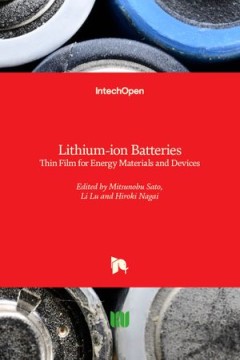
Shakespeare's Legal Ecologies: Law and Distributed Selfhood
Shakespeare’s Legal Ecologies offers the first sustained examination of the relationship between law and selfhood in Shakespeare’s work. Curran argues that law provided Shakespeare with the conceptual resources to imagine selfhood in social and distributed terms, as a product of interpersonal exchange or gathering of various material forces. Curran reveals Shakespeare’s distinctly communi…
- Edition
- -
- ISBN/ISSN
- 9780810135178
- Collation
- -
- Series Title
- -
- Call Number
- -
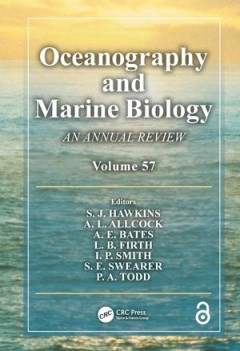
Pastoral poetry of the English Renaissance: An anthology
Renaissance pastoral poetry is gaining new interest for its distinctive imaginative vein, its varied allusive content, and the theoretical implications of the genre. This is by far the biggest ever anthology of English Renaissance pastoral poetry, with 277 pieces spanning two centuries. Spenser, Sidney, Jonson and Drayton are amply represented alongside their many contemporaries. There is a wid…
- Edition
- -
- ISBN/ISSN
- 9780719096822
- Collation
- -
- Series Title
- -
- Call Number
- -
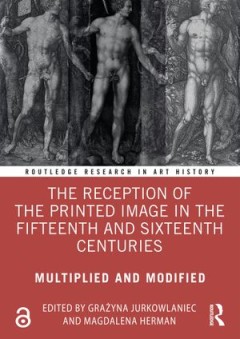
The Reception of the Printed Image in the Fifteenth and Sixteenth Centuries: …
This book examines the early development of the graphic arts from the perspectives of material things, human actors and immaterial representations while broadening the geographic field of inquiry to Central Europe and the British Isles and considering the reception of the prints on other continents.The role of human actors proves particularly prominent, i.e. the circumstances that informed crea…
- Edition
- -
- ISBN/ISSN
- 9781000173024
- Collation
- -
- Series Title
- -
- Call Number
- 741 REC r
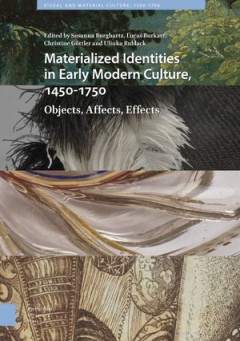
Materialized Identities in Early Modern Culture, 1450–1750: Objects, Affect…
This collection embraces the increasing interest in the material world of the Renaissance and the early modern period, which has both fascinated contemporaries and initiated in recent years a distinguished historiography. The scholarship within is distinctive for engaging with the agentive qualities of matter, showing how affective dimensions in history connect with material history, and explor…
- Edition
- -
- ISBN/ISSN
- 9789048554058
- Collation
- -
- Series Title
- -
- Call Number
- 709.2 MAT m
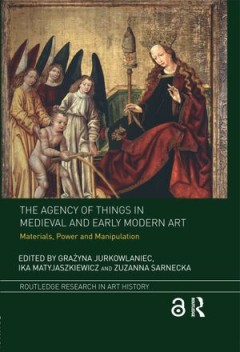
The Agency of Things in Medieval and Early Modern Art: Materials, Power and M…
This volume explores the late medieval and early modern periods from the perspective of objects. While the agency of things has been studied in anthropology and archaeology, it is an innovative approach for art historical investigations. Each contributor takes as a point of departure active things: objects that were collected, exchanged, held in hand, carried on a body, assembled, cared for or …
- Edition
- -
- ISBN/ISSN
- 9781351681490
- Collation
- -
- Series Title
- -
- Call Number
- 709.02 AGE a
 Computer Science, Information & General Works
Computer Science, Information & General Works  Philosophy & Psychology
Philosophy & Psychology  Religion
Religion  Social Sciences
Social Sciences  Language
Language  Pure Science
Pure Science  Applied Sciences
Applied Sciences  Art & Recreation
Art & Recreation  Literature
Literature  History & Geography
History & Geography